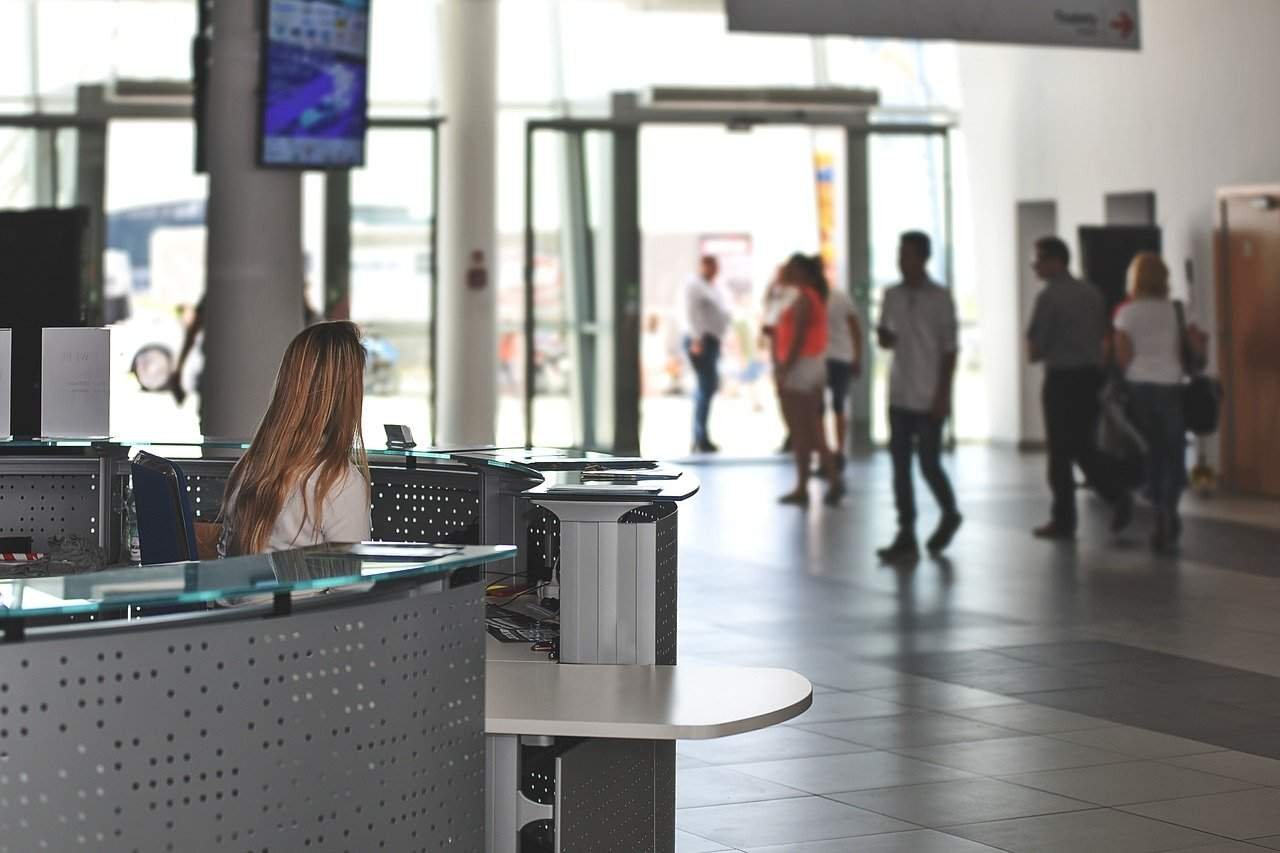What is Revenue Expenditure? A revenue expenditure (REVEX) is a cost that is charged to expense as soon as the cost is incurred. By doing so, business is using the matching principle to link the expense incurred to revenues generated in the same reporting period. The amount incurred on maintaining the earning capacity of the business, The benefit of which is direct and would be in the same accounting year itself in which such expenditure has been incurred is termed as revenue expenditure. So, what is the discussion? Meaning, Definition, and Types of Revenue Expenditure.
The Concept of Revenue Expenditure of explanation in Meaning, Definition, and Types.
Any expenditure incurred in connection with the operation and administration of daily activities of the business is called revenue expenditure. REVEX is incurred for maintaining earning capacity and working efficiency of the fixed assets. Revenue expenditure is incurred for acquiring merchandise for resale either in its original or improved form. Its benefit expires within a year. The most important point to remember here is that the benefit of revenue expenditure would exhaust in one year.
Revenue expenditures are recurring in nature. REVEX should be matched with the revenue receipts of the business enterprise. The basic aim and object of incurring revenue expenditure are to run and maintain the earning capacity of the business enterprise. Note: REVEX is shown on the debit side of the trading and profit and loss accounts.
Meaning and Definition of Revenue Expenditure:
Revenue Expenditure is that expenditure which is not a capital expenditure.
According to Kohler,
“It is an expenditure charged against operation; a term used to contrast with capital expenditure”.
Revenue expenditure is incurred in the current period or in one period of account. The benefit of the revenue expenditure is utilized in that period itself.
All the expenditures which are incurred in the day to day conduct and administration of a business and the effect of which is completely exhausted within the current accounting year are known as “revenue expenditures”.
These expenditures are recurring by nature i.e. which are incurred for meeting day to day requirements of a business and the effect of these expenditures is always short-lived i.e. the benefit thereof is enjoyed by the business within the current accounting year. These expenditures are also known as “expenses or expired costs.” e.g.
Purchase of goods, salaries paid, postages, rent, travel expenses, stationery purchased, wages paid on goods purchased etc. This expenditure is incurred on items or services which are useful to the business but are used up in less than one year and, therefore, only temporarily increase the profit-making capacity of the business.
Revenue expenditure also includes the expenditure incurred for the purchase of raw material and stores required for manufacturing saleable goods and the expenditure incurred to maintain the- fixed assets in proper working conditions i.e. repair of machinery, building, furniture etc.
The Purpose of Revenue expenditure:
Revenue expenditure is incurred for the following Purposes:
- All establishment and other expenses incurred in the normal course of business. For instance, Administrative expenses of the business, expenses incurred in manufacturing and selling products.
- Expenses incidental to the carrying of a business, the benefit of which is consumed within the accounting period. For instance, Rent, Wages, Salaries, Advertising, Taxes, Insurance etc.
- Expenditure on goods purchased for resale. Example, the cost of goods purchased or the cost of raw materials etc.
- For maintaining fixed assets in working order. For instance, repairs, renewals, and replacement of existing assets, depreciation etc.
These revenue expenditure items appear in Trading and Profit and Loss Account.
Items of Revenue Expenditure:
- Expenditure on Rent, Wages, Carriage, Salaries, Postage, Insurance, Advertising etc.
- Interest on loan borrowed for running the business.
- Cost of goods bought for resale.
- Cost of raw materials consumed in the course of manufacturing.
- Expenses incurred for maintenance of various assets by way of repairs, renewals and replacement on building, plant, machinery, tools, fixtures, van, car etc. to keep them in good condition.
- Depreciation of fixed assets.
- Taxes and legal expenses.
- Loss arising from the sale of fixed assets.
- Maintenance of lights and fans.
- All expenses incurred in the manufacturing and distribution of the products handled.
- Wages paid for the sale of goods.
- Loss of goods by fire or other reasons.
- Discounts and allowances.
The Types of Revenue expenditure:
There are two types of revenue expenditure:
- Maintaining a revenue-generating asset: This includes repair and maintenance expenses, because they are incurred to support current operations, and do not extend the life of an asset or improve it.
- Generating revenue: This is all day-to-day expenses needed to operate a business, such as sales salaries, rent, office supplies, and utilities.
Other types of costs are not considered to be revenue expenditures, because they relate to the generation of future revenues. For example, the purchase of a fixed asset is categorized as an asset and charged to expense over multiple periods, to match the cost of the asset against multiple future periods of revenue generation.
Revenue expenditure includes the following types of expenditures:
- Items of expense incurred for producing finished goods such as the purchase of raw material and other direct expenses etc.
- Establishment cost such as rent, light, repairs etc.
- Administrative costs such as salaries of the staff, telephone expenses etc.
- Selling and distribution expenses such as advertisement expenses, commission etc.
- Financial expenses such as discount allowed, interest on loans etc.
- Other miscellaneous expenses for maintaining the business enterprise such as repairs and renewals, insurance etc.








Leave a Reply